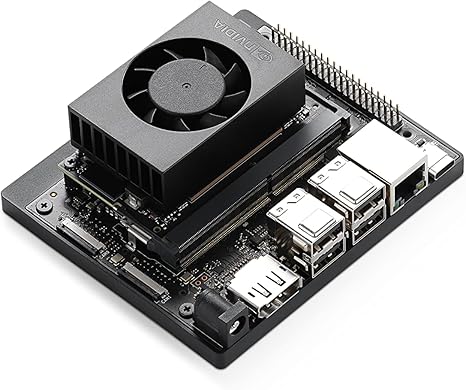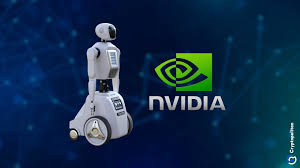The Future of IoT: Edge AI with Jetson Nano, Moore’s Law, and Beyond
Published
Jul 19, 2025
Author
Lewis
Reading Time
2 minute read
The Future of IoT: Edge AI with Jetson Nano, Moore’s Law, and Beyond
Edge AI Becomes Ubiquitous
Jetson Nano has moved artificial intelligence from cloud datacenters to the device itself. Smart cameras, environmental sensors, and industrial controllers can now run real‑time inference (object detection, anomaly recognition, voice commands) without round‑trip latency or constant connectivity. This shift slashes bandwidth costs, enhances privacy (data never leaves the device), and enables truly autonomous operation even in remote or intermittent‑connectivity environments.
Moore’s Law Supercharges Intelligence
Although Moore’s Law has slowed in pure transistor density, innovations in chip architecture (3D stacking, specialized AI cores) continue to double on‑device compute every 18–24 months. In practical terms, today’s microcontrollers can handle neural networks that were unthinkable a few years ago. This relentless progression means future IoT endpoints will fuse sensing, compute, and decision‑making in a single, tiny package; transforming everything from predictive maintenance in factories to adaptive traffic control in smart cities.
Connectivity Evolves: 5G, LPWAN, and Beyond
High‑throughput 5G networks deliver ultra‑low latency for time‑sensitive applications like remote surgery or autonomous drones, while Low‑Power Wide‑Area Networks (LoRaWAN, NB‑IoT) extend battery life and reach for billions of simple sensors. Hybrid architectures will emerge: edge AI handles immediate reactions, LPWAN monitors long‑tail telemetry on years‑long battery cycles, and 5G bridges the gap for bulk data transfers or synchronized operations across distributed fleets.
Security & Privacy by Design
With compute at the edge, attack surfaces multiply; but so do defenses. Secure enclaves, hardware root‑of‑trust, and on‑chip machine‑learning–driven threat detection can lock down devices against tampering and supply‑chain attacks. Moreover, by processing sensitive data locally (e.g., video footage, biometric signals), we minimize exposure and comply with tightening global privacy regulations without sacrificing functionality.
Power Efficiency & Sustainability
Next‑generation IoT designs will leverage energy harvesting (solar, thermal, RF) to power edge AI in truly off‑grid scenarios. Coupled with ultra‑low‑power inference engines and adaptive duty cycling, devices will self‑sustain for decades. This not only cuts maintenance costs but also aligns with corporate ESG goals, turning IoT deployments into environmentally responsible infrastructures.
Image Gallery



Enjoyed this article?
Share it or download for offline reading
Want to Learn More?
Explore more tech insights or discuss your project needs